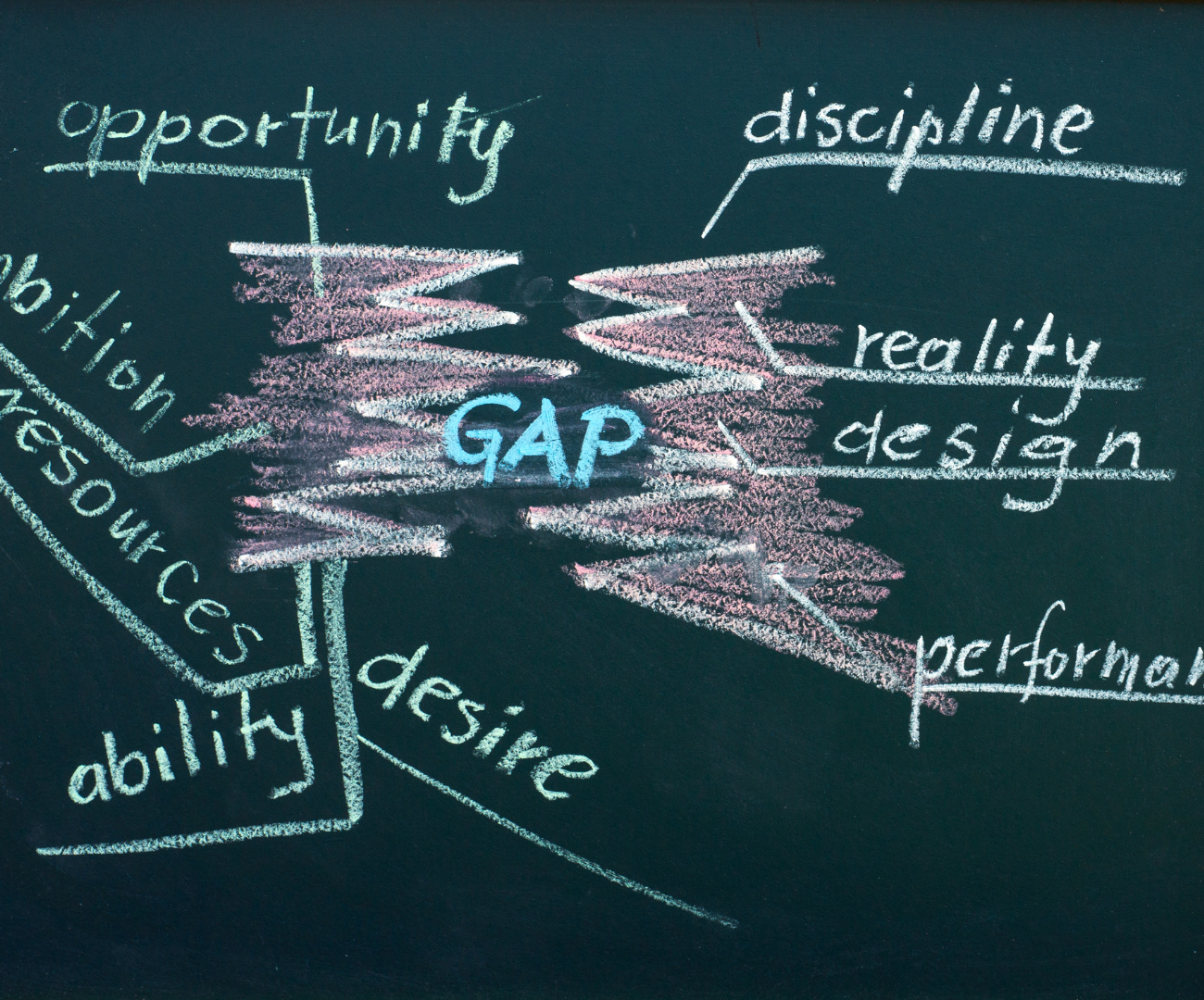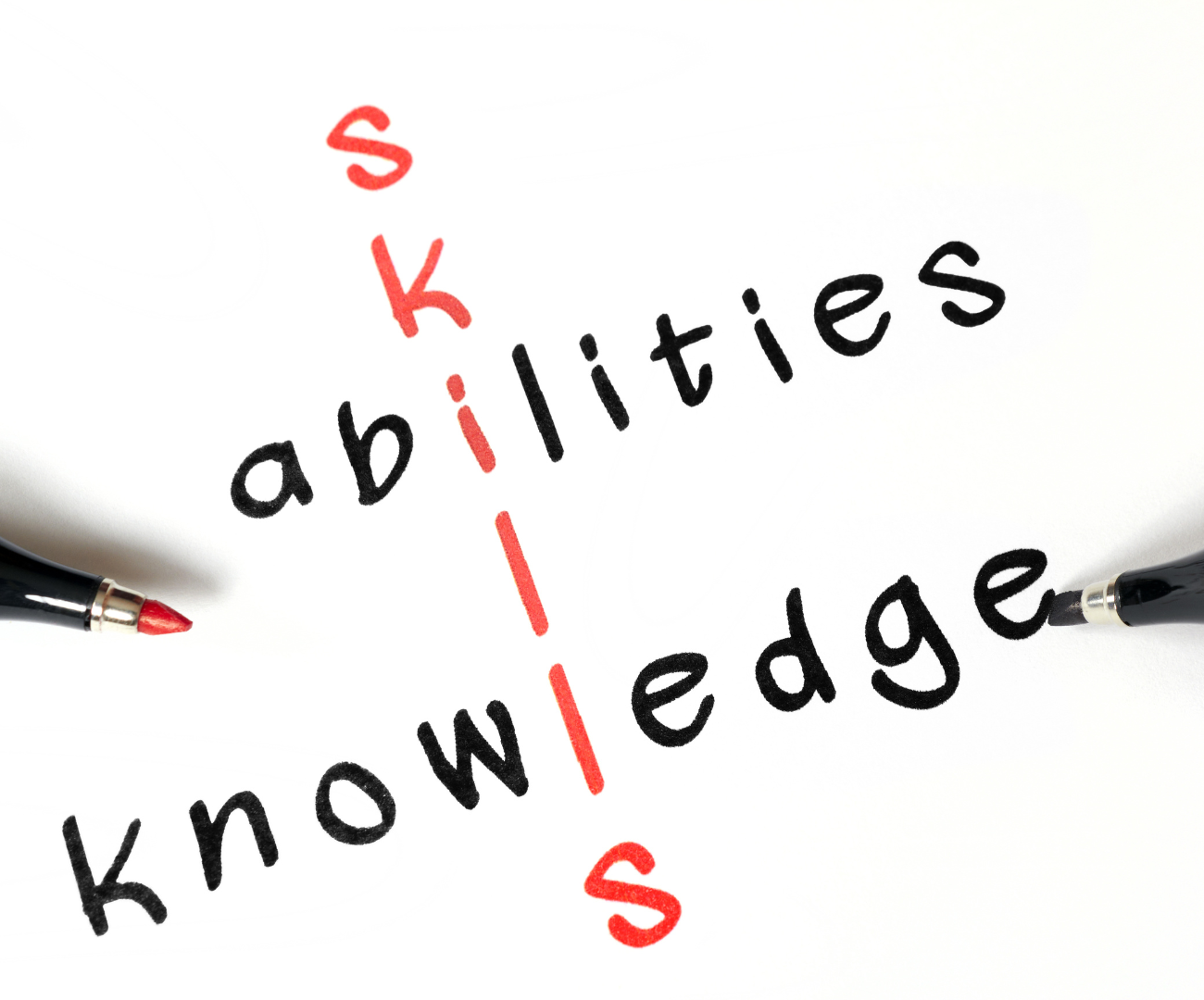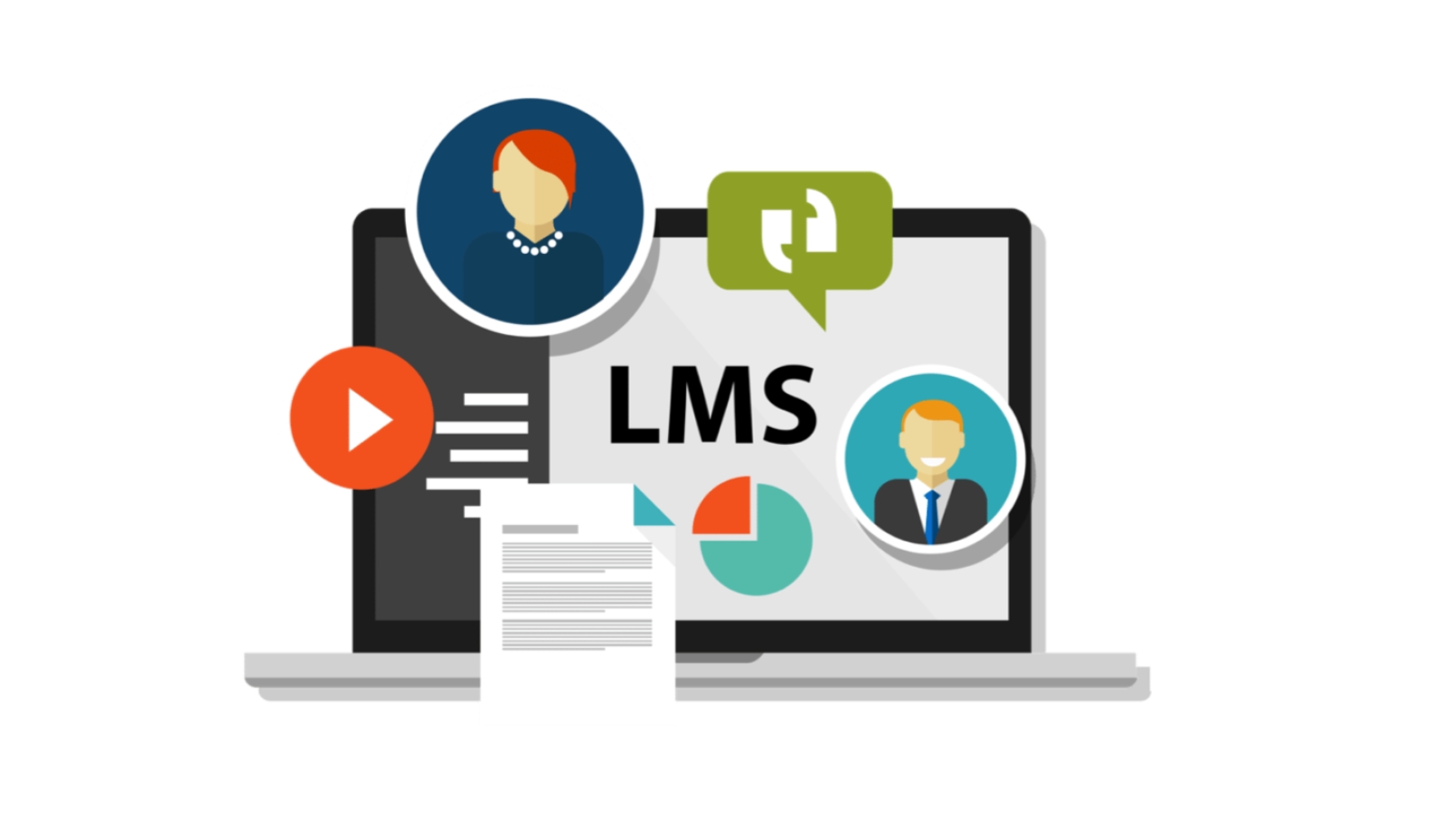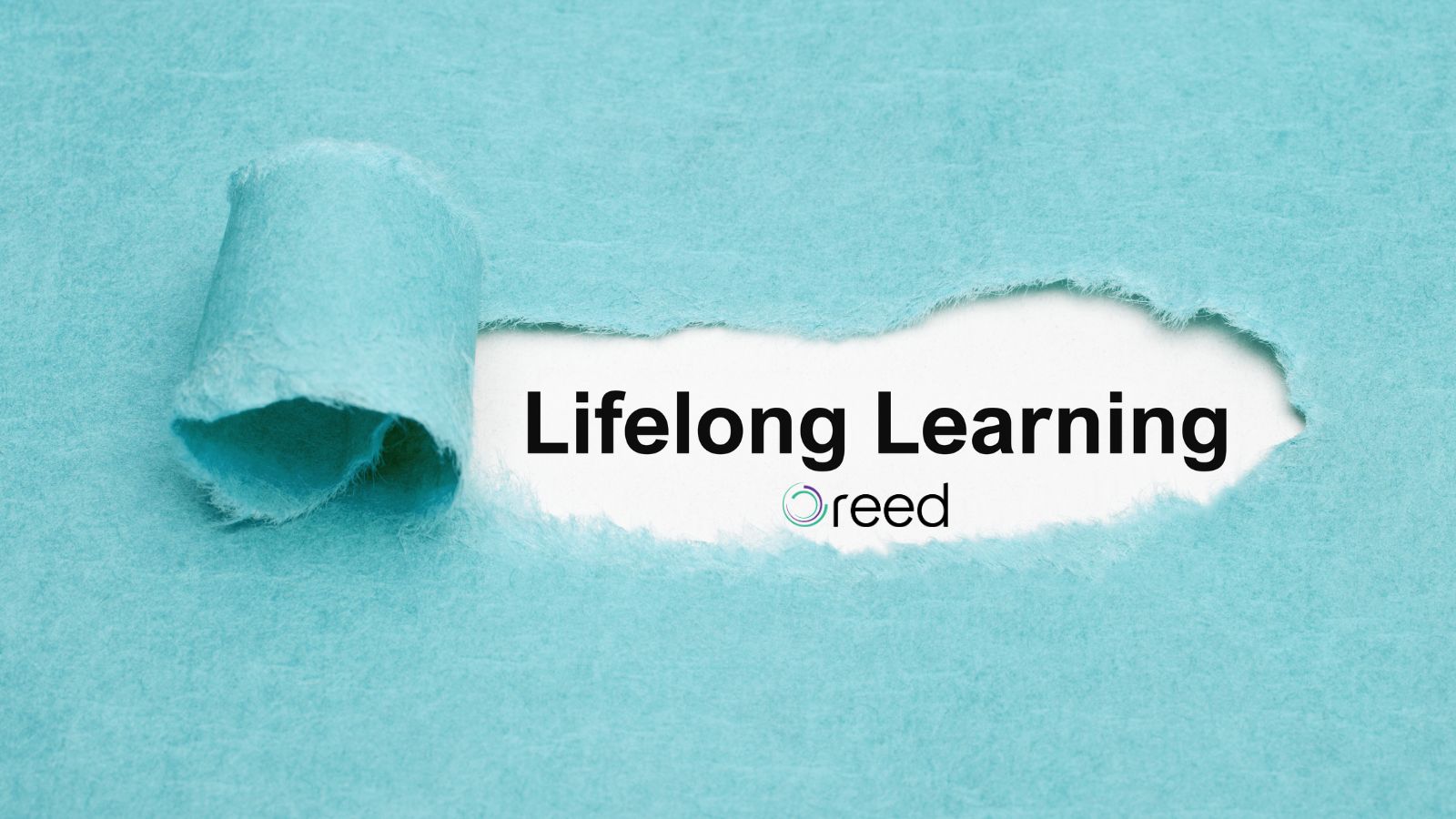If you don't take the time to perform a skill gap analysis, you'll never really know what skills your employees are lacking.
Without this knowledge, it'll be difficult to properly train your staff and ensure that they're able to effectively contribute to your business.
Additionally, without addressing the skills gap, you may find that employee morale suffers as employees feel undervalued or under-skilled.
In order to avoid these negative consequences, it's essential to dedicate time and resources to conducting a skill gap analysis.
In this article, you will learn all you need to know about skill gap analysis and more.
What Is Skill Gap Analysis?

Skill gap analysis is the process of identifying the skills that are required to perform a certain job, and then comparing those skills to the skills that employees currently possess.
This analysis can be used to determine training needs or to identify potential candidates for a position.
Gaps can exist at both individual and organizational levels.
At an individual level, a skill gap may mean that an employee is not able to perform all of the tasks required for their job.
This could be due to a lack of experience or training.
At an organizational level, a skill gap may mean that there are not enough employees with the necessary skills to meet demand.
The most important part of any skill gap analysis is accurately identifying the skills that are required for the job.
Once this has been done, steps can be taken to close any gaps that exist.
Importance Of Skills Gap Assessment

An organization's skills gap assessment is important for a number of reasons.
1. Skills Important For The Organization
First, it helps identify the specific skills that are most important for the organization to function effectively.
2. Identify Employee Training Needs
Second, it helps identify which employees have those skills and which employees need additional training to acquire them.
3. Roadmap For How To Fill The Gap
Finally, it provides a roadmap for how the organization can close its gaps in skills through training and development programs.
By taking these factors into account, an organization can ensure that its workforce has the necessary analysis of the gaps in skills to meet its business goals.
Things To Keep In Mind Regarding Skill Gaps In The Workplace
While there are many benefits to conducting a skill gap assessment, it's important to keep a few things in mind.
1. Don’t Rely Too Heavily On Job Descriptions
First, don't rely too heavily on job descriptions when assessing employees' skills. Job descriptions often don't accurately reflect the day-to-day responsibilities of a position.
2. Consider Both Hard And Soft Skills
Second, be sure to consider both hard and soft skills when assessing your employees.
Hard skills are those that can be quantitatively measured, such as computer programming or accounting.
Soft skills, on the other hand, are interpersonal skills that are harder to quantify but are nonetheless important, such as communication or teamwork.
3. Conduct On A Regular Basis
Finally, remember that skill-gap assessments should be conducted on a regular basis. As the workforce continues to change, so too will the skills required for success in the workplace.
How To Perform The Analysis

Here’s how you can effectively perform an analysis of skill gaps in the workplace.
1. Identification Of The Gaps That Exist
First, you will need to identify the skills that are required for the job or position in question.
Once you have a list of the necessary skills, you will need to compare that list to the skills of the employees who currently occupy that role.
This will help you to identify any gaps that exist between the two.
2. Methods To Identify The Missing Skills
There are a few different methods that can be used in order to identify skill gaps in the workplace.
- One way is to simply ask employees what they feel their strongest and weakest skills are. This can be done through either one-on-one interviews or surveys.
- Another method is to observe employees in their natural work environment and take note of any areas where they may struggle or could use improvement.
- Finally, you can also look at data such as performance reviews or customer feedback to get an idea of where the gaps may exist.
3. Identify Skills Required To Fill The Gaps
Next, you will need to gather data on the skills required for that job or task.
This can be done through research, surveys, interviews, or focus groups.
Once you have gathered this information, you will need to compare it to the skills of the individuals who will be performing the job or task.
Finally, you will need to analyze the results of your comparisons and make recommendations accordingly.
4. Tools Used For Gap Analysis
There are a number of different tools that can be used for gap analysis.
One popular tool is called the SWOT analysis. This looks at the Strengths, Weaknesses, Opportunities, and Threats of a company or organization.
Another common tool is called the PESTLE analysis which looks at Political, Economic, Social, Technological, Legal, and Environmental factors.
Gap analysis can also be done using a simple spreadsheet.
This can be helpful if you want to track progress over time or compare multiple organizations.
The spreadsheet should include columns for each data point you want to track and rows for each organization or time period.
Once you have collected all of the data, you will need to analyze it to look for patterns and trends.
This can be done using basic statistical techniques or more advanced methods such as regression analysis.
After you have identified the gaps in your data, you can start to develop plans to address them.
5. Take Steps To Close Those Gaps
Once you have identified any gaps in skills, you will need to determine what training or development needs to exist in order for employees to close those gaps.
This can be done through a variety of means, such as shadowing, on-the-job training, or even sending employees to relevant workshops or seminars.
Once you have determined what type of training is needed, you can then create a plan for how to best implement it within your company.
This can help you to better identify any areas where your employees may need additional development in order to be successful in their roles.
Training and development programs are one option, though there are many others depending on the specific situation.
You may also find that some gaps can be addressed by making changes to job responsibilities or providing more resources for employees to utilize.
Whatever the solution, it's important to take action in order to close any existing skill gaps and prevent new ones from forming in the future.
Train Your Employees With Oreed
Are you looking for a platform to manage all your employee training needs? Look no further.
Oreed is here to help you out.
With Oreed,
- You can have 360-degree awareness of your employees.
- Once you have sufficient information about your employees, you can make evidence-based decisions about their future training/courses.
- Not only will you be able to gauge their training needs but we will also facilitate you by providing tailor-made training and courses.
- Moreover, you will also be able to measure the impact and effectiveness of these courses/training.
So book a demo with Oreed today to find out more about our features.
Promote lifelong learning through Oreed by experiencing the most powerful all-in-one training and development intelligent platform that streamlines all your organization's learning, training, and development activities in one place.
Final Thoughts
There are a few final thoughts to keep in mind when conducting a skill gap analysis.
- First, be sure to involve all stakeholders in the process. This includes employees, managers, and HR.
- Second, be clear about the purpose of the analysis and what you hope to achieve. Third, take your time and don't rush the process.
- A skill-gap analysis can be complex and it's important to do it right.
- Finally, remember that a skill-gap analysis is just one tool in your larger talent management strategy.
- Use it alongside other tools, like performance reviews and job descriptions, to get a holistic view of your workforce.
FAQs
1. What are the three 3 fundamental components of a gap analysis?
A gap analysis is used to assess what a business or organization needs to do in order to close the gap between its current state and its desired state.
It is a tool that can be used to identify areas where improvements need to be made and to develop strategies for making those improvements.
The three fundamental components of a gap analysis are identifying the current state, identifying the desired state, and identifying the gaps between the two.
2. Is a SWOT analysis a gap analysis?
A SWOT analysis is a tool that can be used to identify an organization's strengths, weaknesses, opportunities, and threats.
A gap analysis is a tool that can be used to identify the gaps between an organization's current state and its desired state.
While a SWOT analysis can be used to identify an organization's gaps, it is not limited to this purpose.





